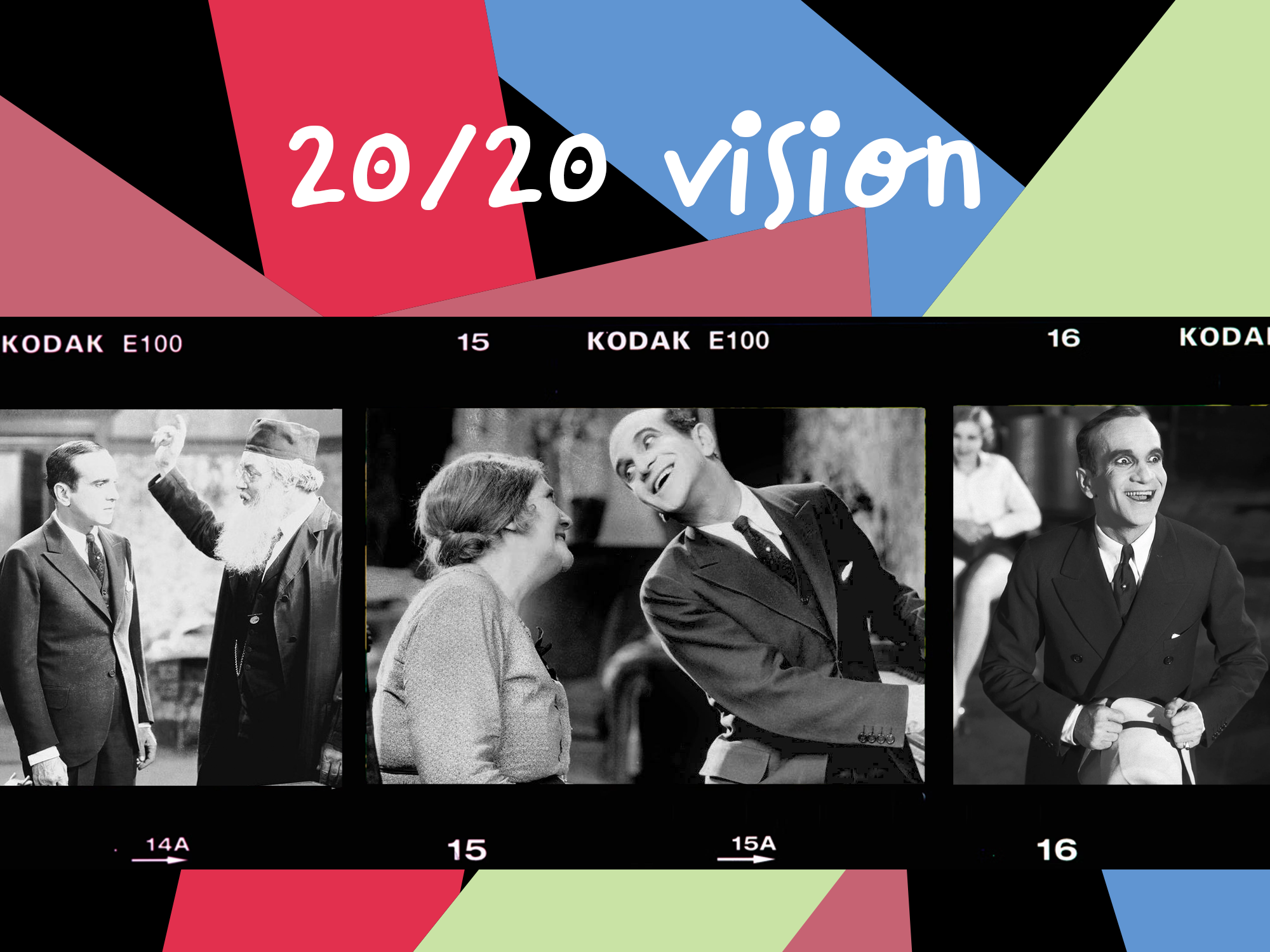The column “20/20 Vision” examines films from the 1920’s through a 2020’s lens. Writer Anthony Martinez Rosales looks at the intricacies of the films from the perspective of culture, medium and quality.
I thought that I would enjoy “The Jazz Singer” (1920) because it integrates music and film, but I struggle to see past the racist dynamics pictured in it.
I became interested in “The Jazz Singer” after watching “Singin’ in the Rain” (1952). While “Singin’ in the Rain” exemplifies the transition of movies from silent films to talking films (or talkies), “The Jazz Singer” is often credited as the film that showed that talkies could be profitable.
The film portrays Jakie Rabinowitz (Al Jolson), who has ambitions of becoming a jazz singer but is constrained by his father’s desire for him to carry on Jewish family traditions. Rabinowitz changes his name to an Anglo name — Jack Robin — and becomes popular in show business. Despite being on his way to achieving his dreams, Rabinowitz misses his father and attempts to reconcile with his father while pursuing his dreams.
The movie essentially depicts how a child of immigrants fights between the old customs of their parents and the new opportunities of the country they were raised in. However, it’s just a surface-level depiction without meaningful commentary on this conflict.
While I think it’s important to acknowledge this film for kick-starting talkies, it’s equally important to acknowledge what it does wrong: the blackface in the film.
Towards the end of the film, the protagonist is shown donning black makeup before taking the stage to perform his musical number. As a contemporary viewer, this is extremely shocking.
During this time period in American history, blackface, putting on dark makeup to demean people of African descent, was fairly widespread. While some argue that blackface in “The Jazz Singer” was acceptable because it merely portrays a common practice at the time, filming it shows Hollywood’s lack of respect for Black people.
It is sad that such an important film that pioneered sound in moving pictures is morally objectionable. This brings up the question of whether we as contemporary audiences can still appreciate “The Jazz Singer.” The way I see it is that we can recognize its technical achievements, but we ought to also recognize the harmful stereotypes it promotes. We need to truly understand its artistic significance as well as its impact on the history of marginalized groups.
Despite its technical achievement, “The Jazz Singer” fails to withstand the test of time. The storyline is cliche and uncreative, and the racist practices render it unacceptable in the present society.
Watching the film made me reflect on the evolution of the film industry and how far we have come. This film should serve as a reminder of the dark past that existed and continues to influence the films we watch today.
In its history, Hollywood has committed injustices against many marginalized communities, from unethical filmmaking practices to stereotypes within the films. As contemporary viewers, we should cherish how far we have come and ask ourselves whether the art produced justify the moral ambiguities.
Editor’s Note: This article is a review and includes subjective thoughts, opinions and critiques.
